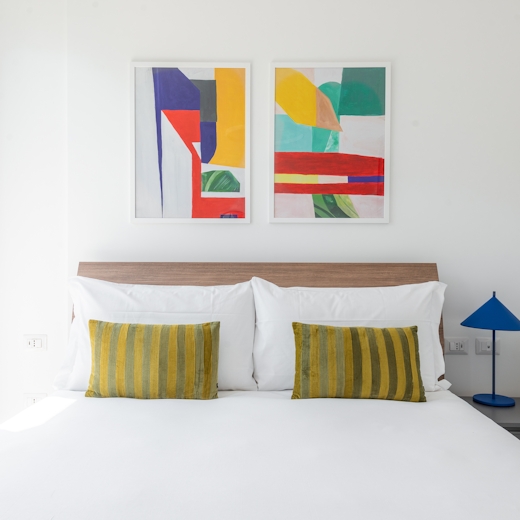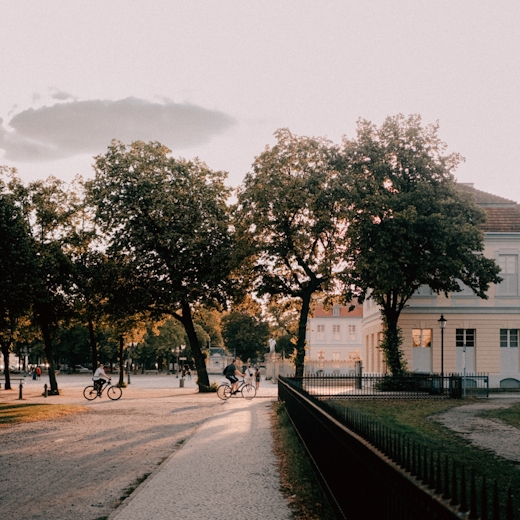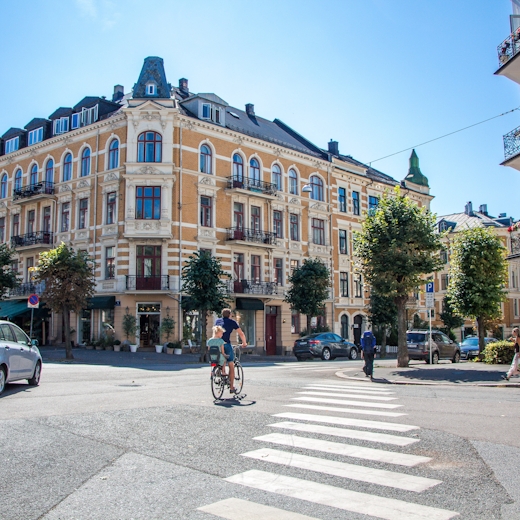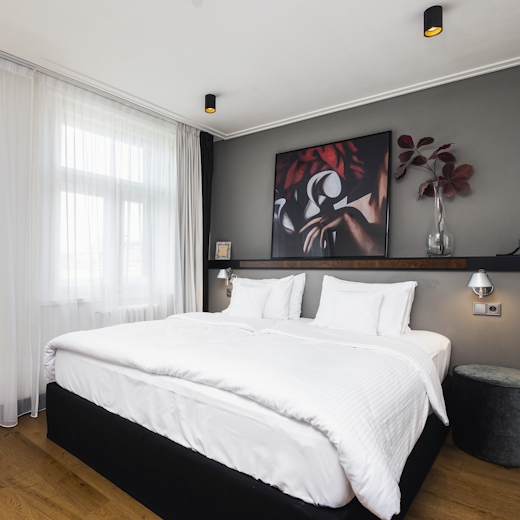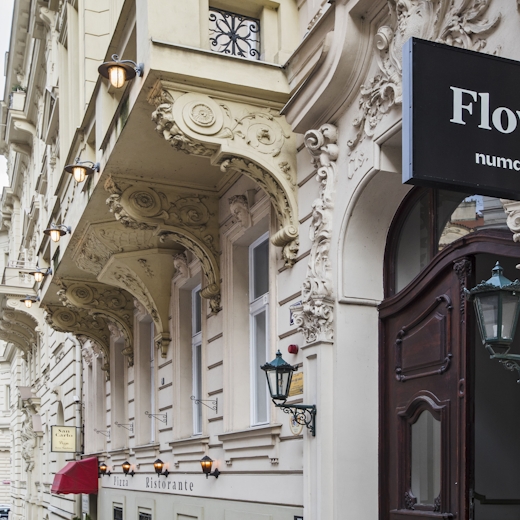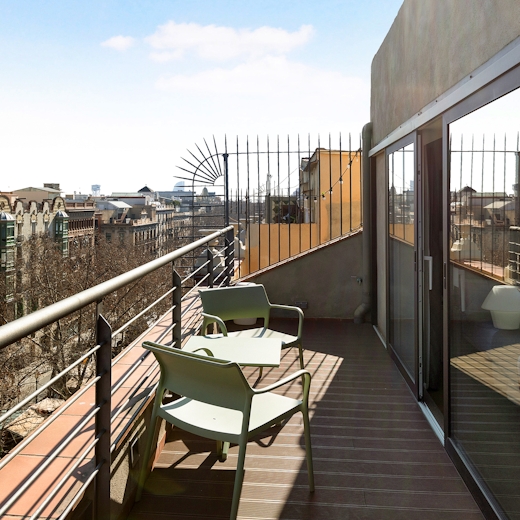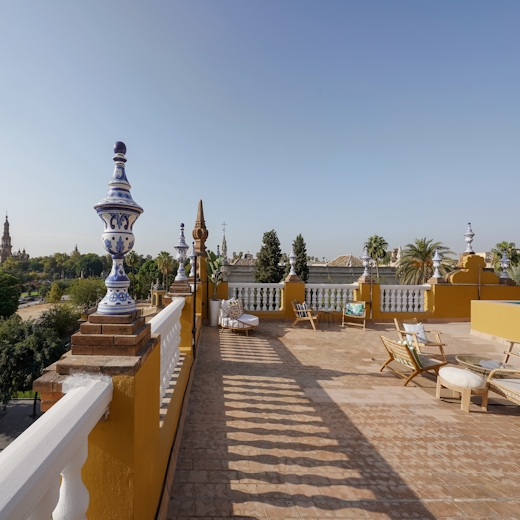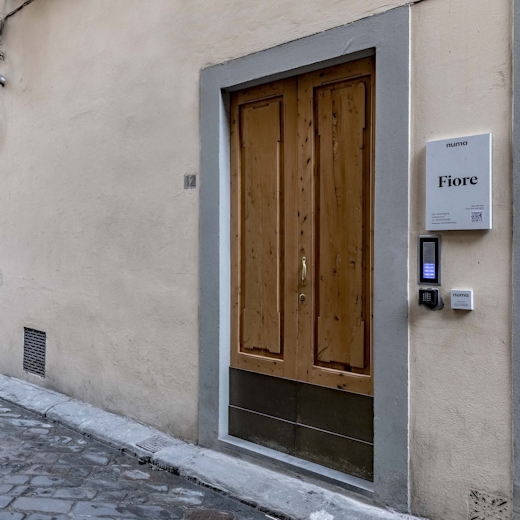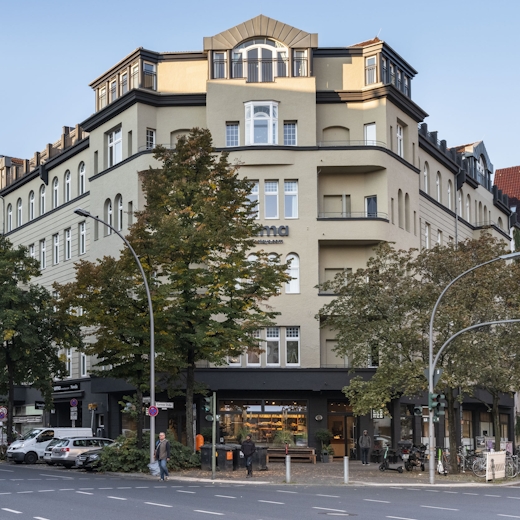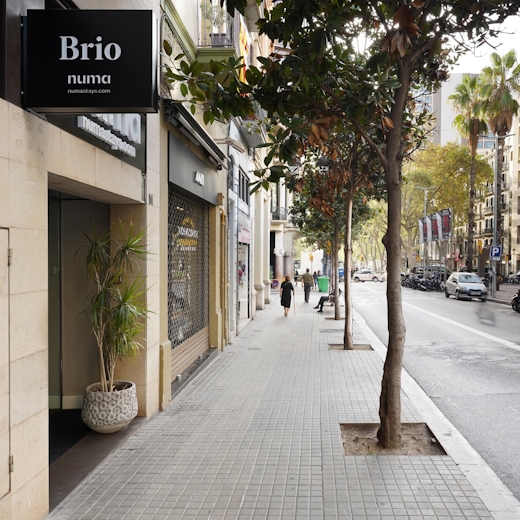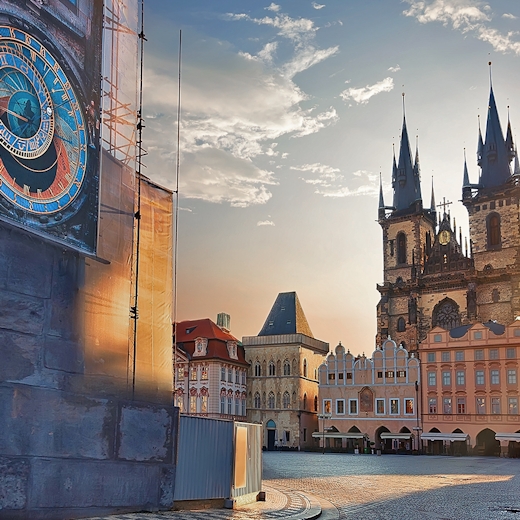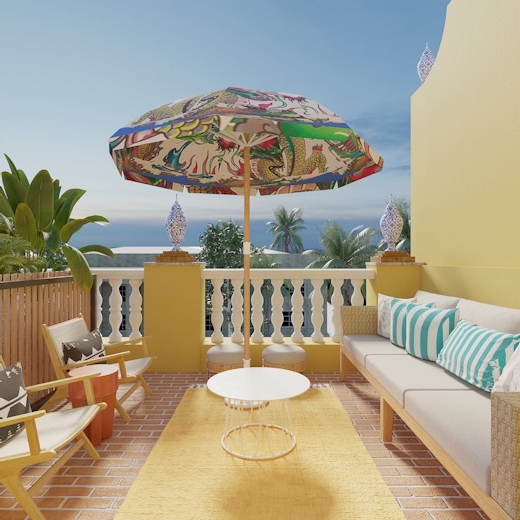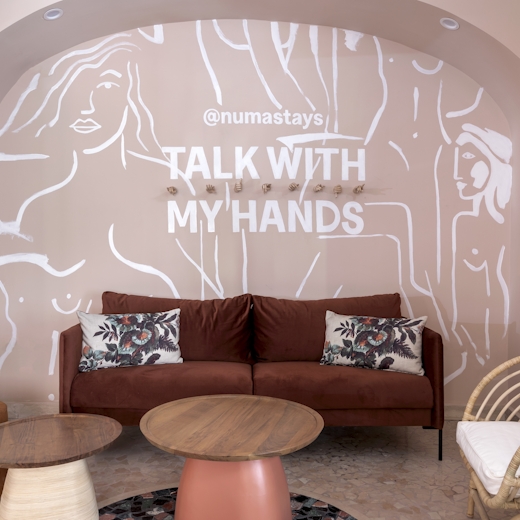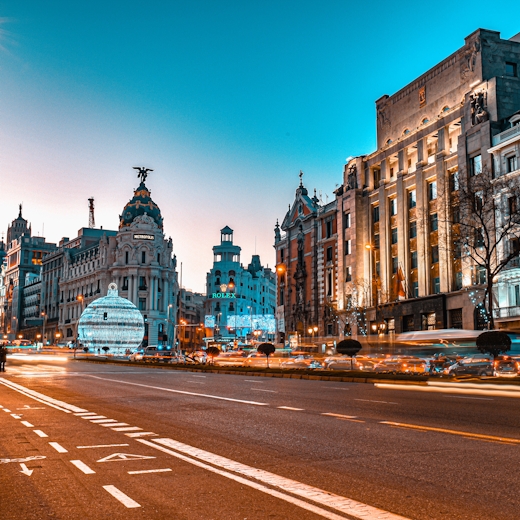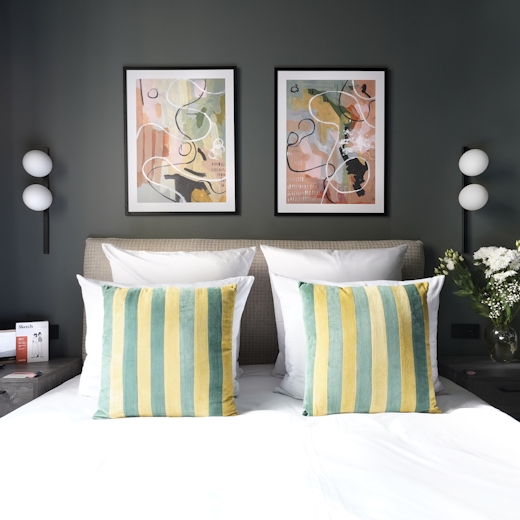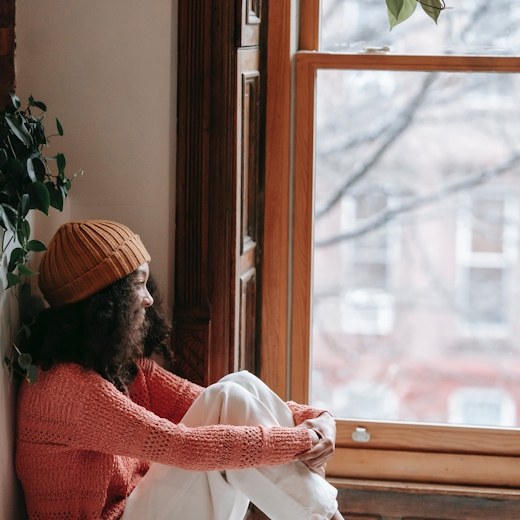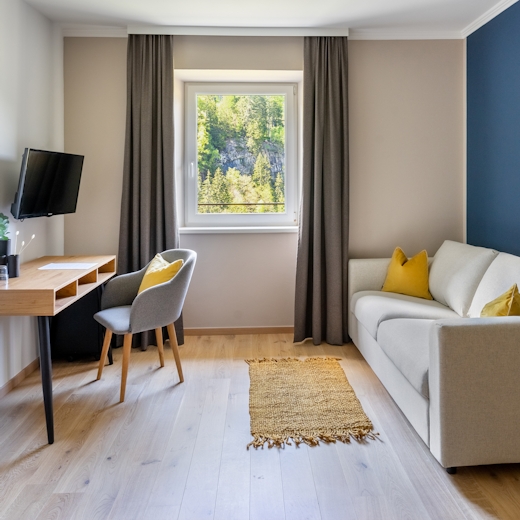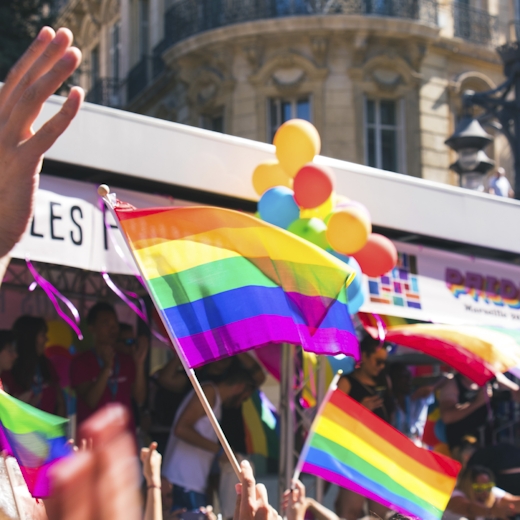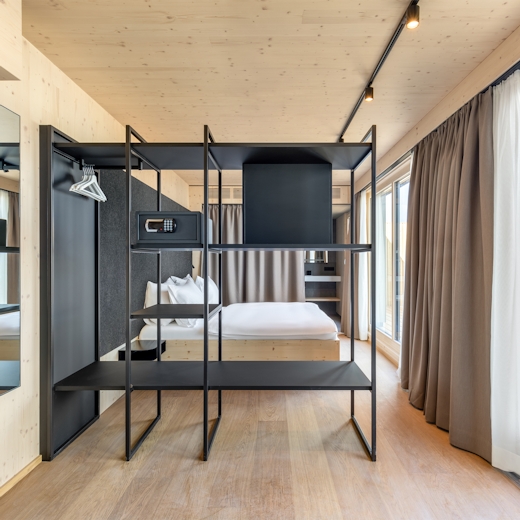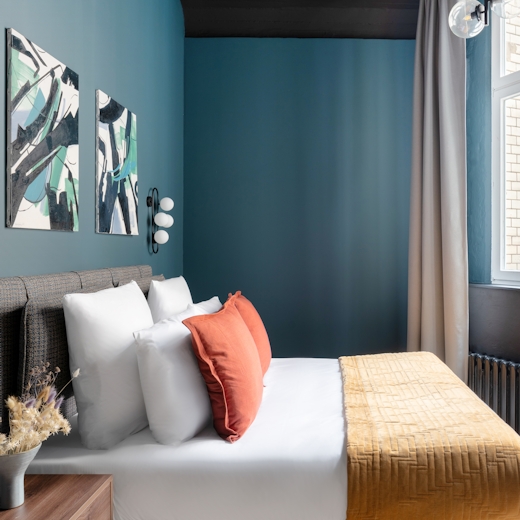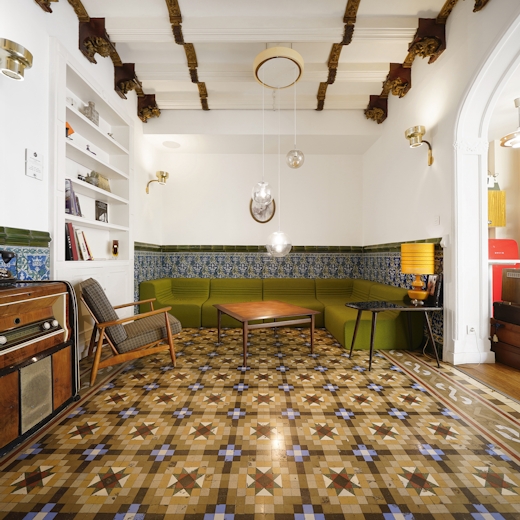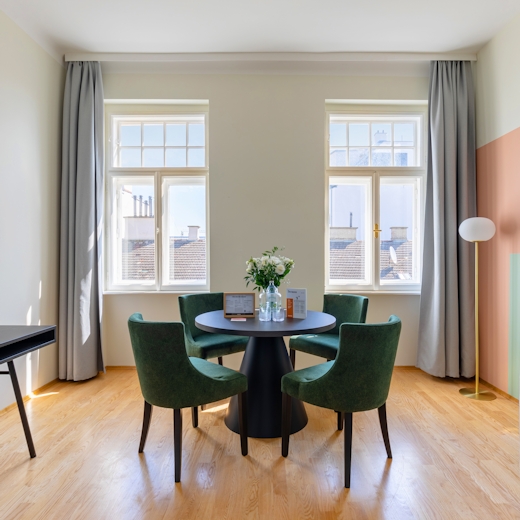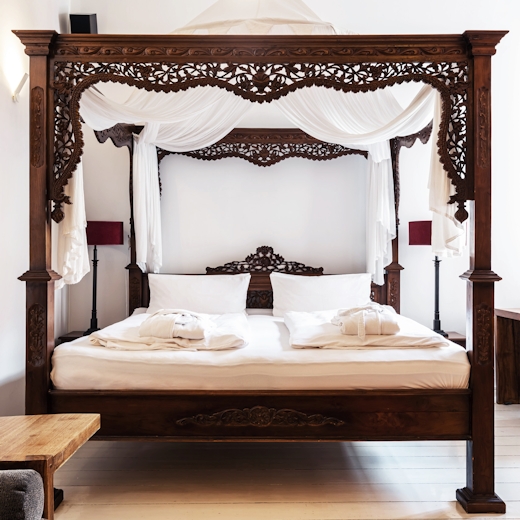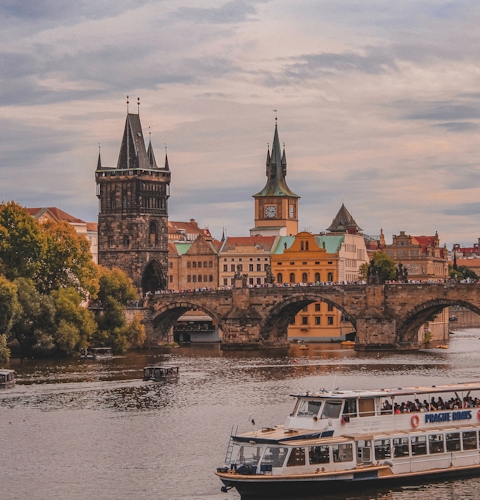
Offbeat Prague: Things to do for a unique experience
This ex-Soviet bunker, made during the Cold War, is located five stories under the ground. It is crammed with paraphernalia, including gas masks, medical kits, and uniforms. The ambience is evocative of the paranoia and violence of the Cold War years and is bound to send a chill down your spine. You can even go at night for a drink or two. The bunker transforms into a club at night and it’s definitely a fun place to be.
Without giving away too much, I’ll ask you to imagine a melted bar of smooth, velvety dark chocolate that is so thick that it needs to be eaten with a spoon. Café Kafíčko serves the best mug of hot chocolate you will ever have in a quiet street close to the Kafka Museum. My tummy rumbles just thinking about this cup of scrumminess.
Letná Park
I’m surprised Letna Park isn’t mentioned more frequently on itineraries of Prague.
Letna Park is built on a plateau and it takes quite a climb to get there. The park itself is gorgeous in every season. You can visit its beer garden in summer, crunch on autumn leaves during fall, and demolish the rest of your party with snowballs during winter. However, what makes it truly special is the arresting view it offers over the Vltava river and the bridges of Prague. If you’re a photography enthusiast, this should top your list of things to do in Prague.
Shoe Monument
Letna Park houses this gem and it’s at the top of the stairs that leads to Letna park. You read that right, a SHOE monument. Even better, it replaces the world’s most giant statue of Joseph Stalin. Stalin’s statue was unveiled in 1955 and destroyed shortly after in 1962. In an exciting representation of counter-culture, skateboarders who use the area to practice have strung together hundreds of (useless/unwanted?) shoes to construct a ‘monument’. A fun activity or counter-hegemonic expression? You decide! Fascinating if you’re struck by the unusual.
Lennon Wall
If you’re a Beatles fan, it is well worth negotiating your way through a maze of cobbled alleys to arrive at this graffiti-laden wall dedicated to John Lennon. However, the wall is not all about music. It has been a symbol of the Czech youth’s resistance against Gustáv Husák’s communist regime which banned pop music (amongst other things). Definitely worth a gaze if you’re in the area.
Try the pork in the Old Town Square
Street food! I recommend trying roast pork from one of the vendors down the Old Town Square. Czech cuisine is traditionally based around pork and beef and they sure know how to do it well. This one is cheap and cheerful and will have you coming back for more.
Trdelník
The party doesn’t stop there. You need to follow that pork with dessert! I suggest skipping the waffles and picking a barely-pronounceable Trdelník from Old Town Square and Wenceslas Square vendors. The Trdelník is a traditional pastry made from freshly-grilled dough covered with sugar and ground walnuts. I like adding Nutella to mine but don’t let me tell you what to do and get your hands on that Trdelník!
David Černý’s Sculptures
David Černý is notorious for his provocative sculptures in Prague. His subversive sculptures may not be subtle but they are compelling. My top three are:
- The two male figures urinating in a puddle shaped like the Czech Republic at the Franz Kafka Museum.
- The three giant babies guarding the entrance to Museum Kampa.
- The ten enormous and creepy infants crawling up the Zizkov Television Tower.
The Dancing House
The Fred and Ginger Building or the Dancing House is a perfect example of Nouveau-Baroque architecture. It is historically significant because it was built at a house destroyed by the U.S. bombing of Prague in 1945. The fluid curves of the Dancing House reminded me of some of Gaudi’s buildings in Barcelona. We would suggest visiting The Dancing House at night. Get off at the Karlovo Namesti (line B) metro station and walk along the river to the Dancing House. The lights make it quite special.
A Meal at Ferdinand
If you’re stuck on where to eat in Prague, head to Ferdinand in the New Town. Try their beer and Czech goulash—essentially a beef stew, cooked with paprika and served with bread dumplings called Knedliky. Their goulash is smooth and flavoursome, and their dumplings are as fluffy as can be—the ultimate comfort food.
Share
Similar reads
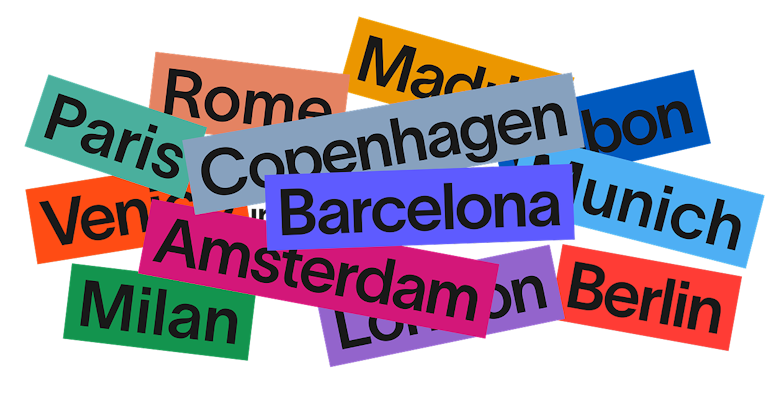
- © numa group SE. All Rights Reserved.
